Colombia has been a great place to start our trip because touring is easy, for so many reasons. Food and accommodation are abundant and affordable. The main highways are busy, so this is a country that favours the explorer who takes the minor roads and dirt tracks. Not only were these routes beautiful, but we often found the local reception to be much warmer too when we were off the gringo trail. However, while scenic, these minor routes are often quite rough. The bigger your tyres, the happier you will be. We have not met anyone who wishes they’d put narrower tyres on their bike! It is also no secret that Colombia is hilly. While it is an easy country to start in from a logistics perspective, bring your climbing legs! Don’t expect a gradual introduction (unless you start from the coast in the north, but that’s also horrifically hot!). This is also a country full of variety, from high mountain paramo to desert (ok, tropical dry forest) and jungle. The flora, fauna and temperature vary by altitude and you can easily drop over 1000m in a single descent. If you stay off the highways you will not get bored.






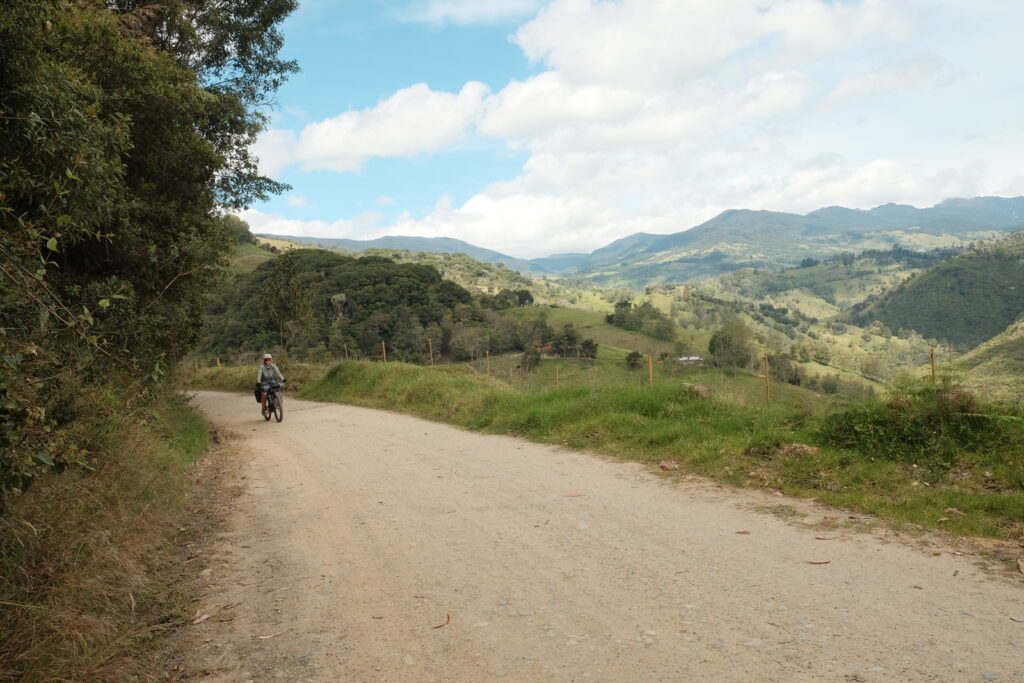


Colombians certainly live up to their reputation as one of the friendliest nations. We had some truly heart warming interactions. They love cycling, I mean really love cycling. And not in the narrow way that cycling exists in the UK. On our first climb out of Bogotá, everyone was going full steam up the climb: old, young, clapped out bikes and carbon race machines, and lots of women! The Colombians are also very proud of their country, one of the first questions we get asked is ‘How do you like Colombia?’. Nothing excites them more than a cyclist from the other side of the world discovering their local area. Despite this, they are quite wary of the next village over. There is clearly a lot of trauma that persists after the civil war and will take generations to heal. We witnessed first hand how tourism is coming back to areas previously unsafe for outsiders and helping rebuild these local economies.
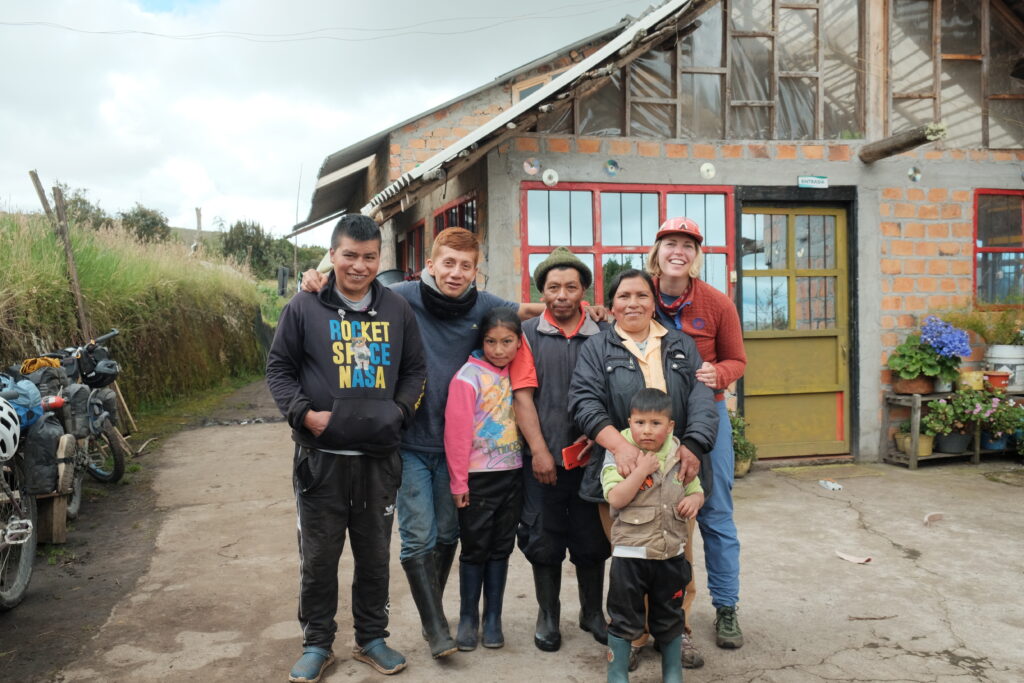



There is one department where the Colombians cannot be rivalled and that is in their ‘can do’ and ‘fix it’ attitude. Whether it’s digging your truck out of the mud or heating up a derailleur hangar to bend it back into shape. With ferreterias (ironmongers), welders and generally useful shops on every street, I doubt there is anything that couldn’t be fixed in a morning in most Colombian towns. It made us realise that in the UK we’ve either lost these skills/knowledge, or they’ve been relegated to out of town industrial estates. So it just becomes easier to replace that appliance instead of getting it fixed. In Colombia, no object is too big or heavy to fit on the back of a motorbike. We’ve seen 200 eggs, milk churns, families of 5, flatscreen TVs, washing machines, dogs, newborn babies. OK, these aren’t all safe or advisable, but the next time I hear someone saying they need a bigger car I’m going to bring out these examples.
Spending time in Colombia is like travelling to the land before online shopping. Bank cards don’t work online and while you can order from Amazon, it will take about two weeks to arrive from the USA. The streets are full of independent shops selling all of the useful things, from washing machines to charging cables. It was also immediately visible every time we walked into a local bike shop. In Colombia the LBS is alive and full to the brim with every conceivable spare part, from brake pads to any speed of cassette your heart might desire. Online retailers haven’t killed off the LBS here and whenever we’ve needed a bike shop, they’ve been busy little hubs with customers coming in and out in need of a service or a new bike for their child. It’s impossible to see how you would achieve this in a land where you can order everything cheaper online and have it delivered the next day.








One bit of ‘progress’ that we did miss was being able to pay for anything with a debit/credit card. Chip and pin hasn’t really arrived here outside of supermarkets in the big cities; this is very much still a cash economy. We were frequently getting caught out without the right change, small denominations or accumulating too many small coins which are virtually worthless. We realised that keeping on top of how much cash we had on us was a not insignificant part of the mental load of travelling, especially when riding through rural areas where ATMs were few and far between. Although we did manage to leave Colombia with zero pesos in our pockets thanks to Liam’s negotiating skills and buying our final lunch for precisely the value we had remaining.









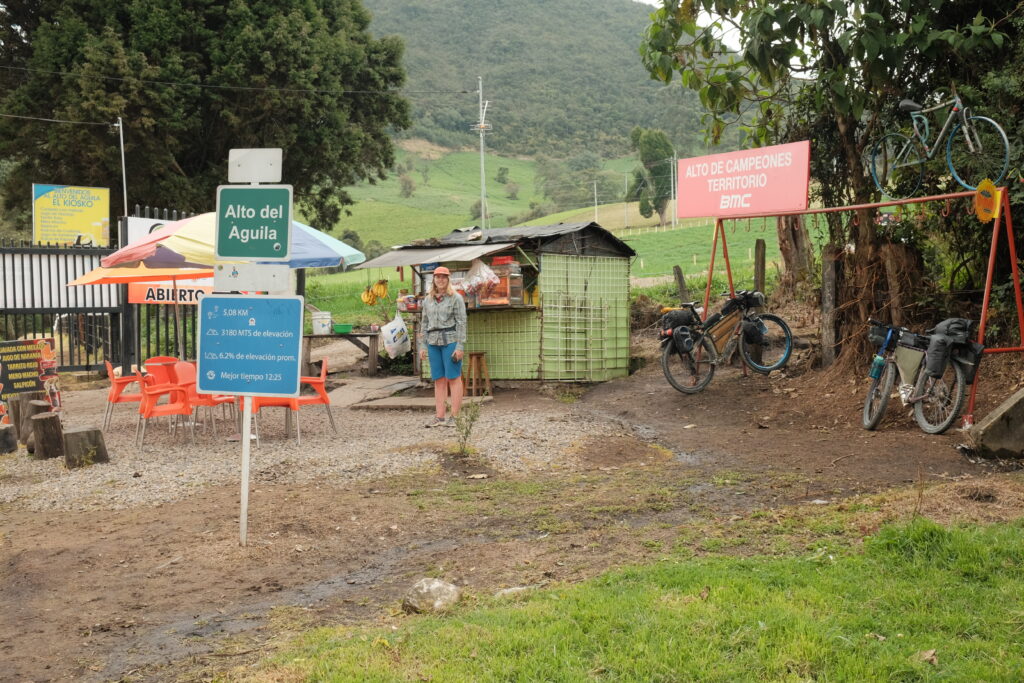


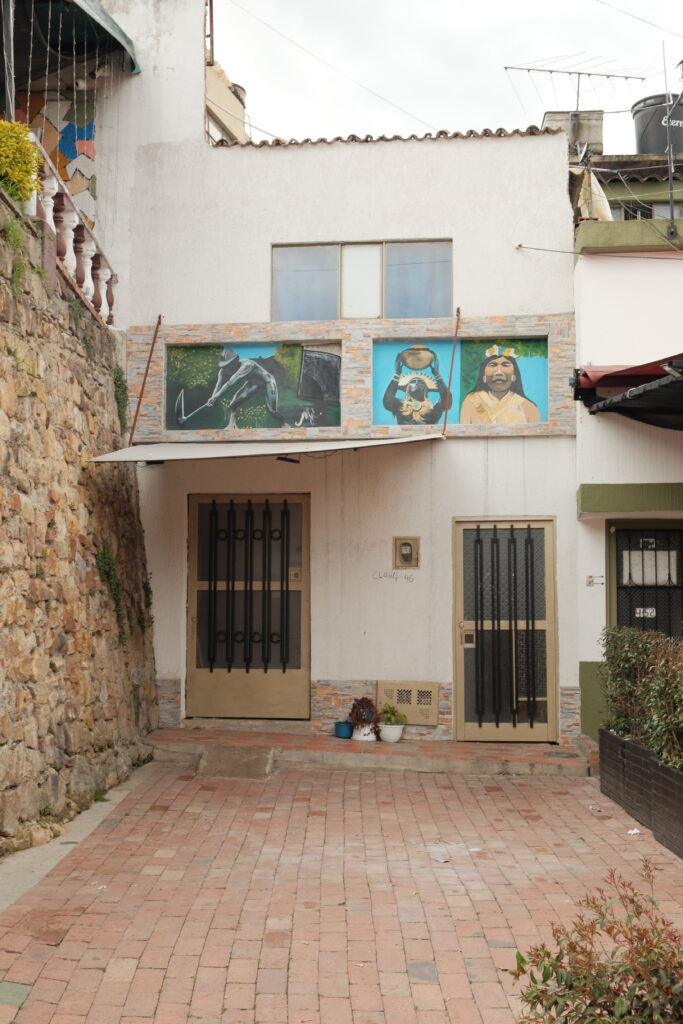


Now, you might say that this is down to the weather, but every town square was an absolute hive of life in the evenings. Every corner shop has seating outside for customers to stop and chat. Children play freely in the square with adults looking on from their evening meal or beer. This made us think about how family elders in our own country so frequently suffer from loneliness or isolation. It’s sad how much of a difference it makes to vulnerable people when society becomes much more individualistic.
Our final reflection from Colombia is the music! It doesn’t matter how small or poor the house/shop/pharmacy/restaurant/bar/motorcycle repair shop, they will be equipped with a nightclub level sound system blaring out the popular Latin music. Perhaps this is linked to their national pride, or perhaps they just hate hearing their own thoughts. Even when walking along the most beautiful track in the middle of nowhere a Colombian will often be found blaring out music on their phone. I have brought a mini-speaker with us but it’s been so nice not to use it and enjoy the sounds of nature when we are away from all the Latin beats!


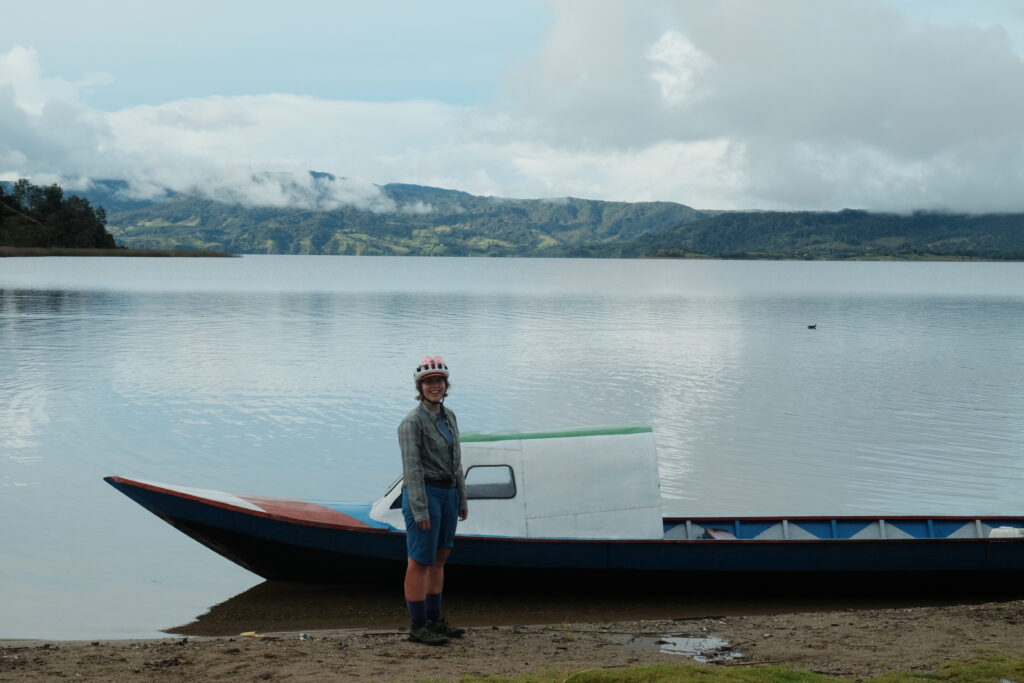







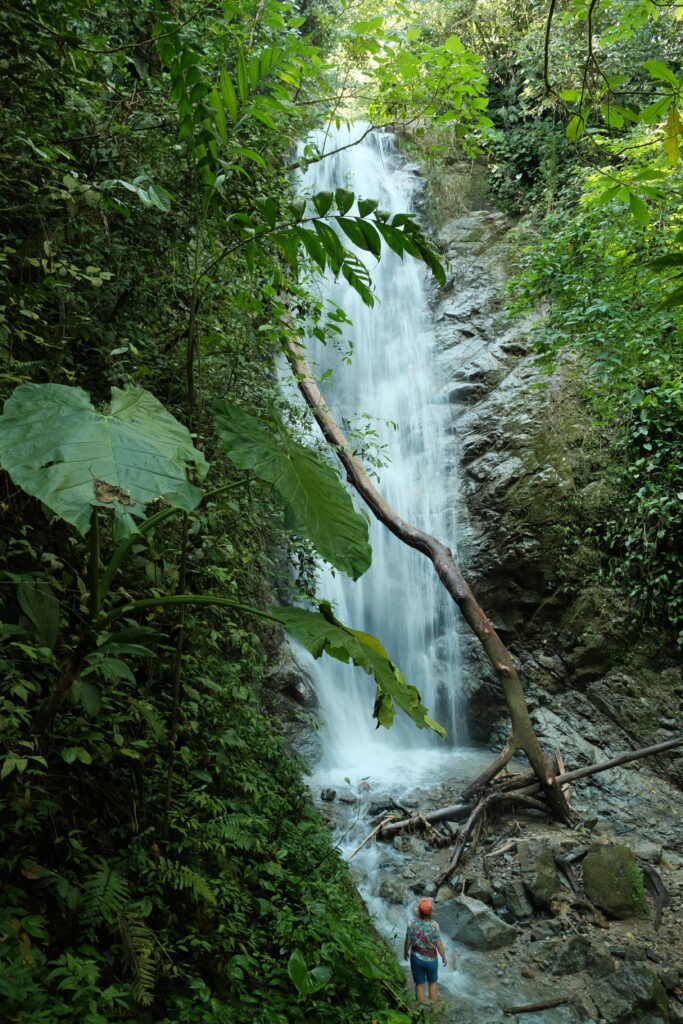
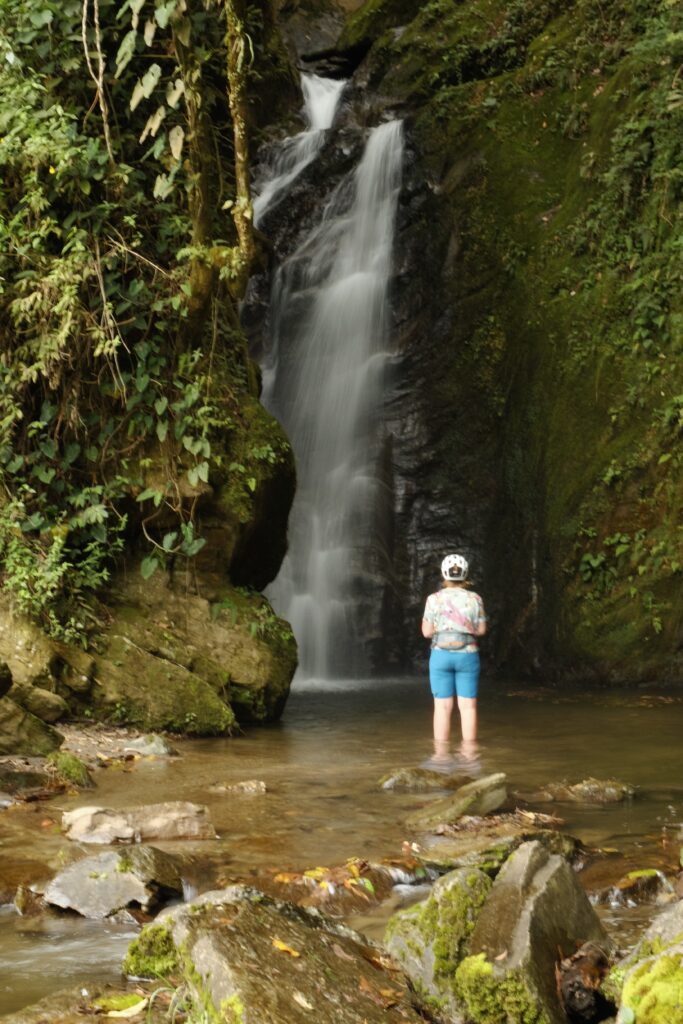



Best/Worst
Best lunch: trout served before Lago de la Cocha on the third day of the Trampoline
Worst lunch: the lunch at a parador on the second day of the Trampoline de la Muerte
Best stay: tie between Villa Laura and the Casa de Ciclista Medellin. Both were tranquil stays with fantastic hosts.
Worst stay: the shack above a parador on the Trampoline de la Muerte
Best day of riding: for El it was the first day on La Linea with incredible views and finishing at the hot springs. For Liam it was the second day on our Roncesvalles crossing heading up into the paramo then descending into this beautifully untouched mountain town.
Worst day of riding: riding into Ibague on the highway (no other choices)
Cheapest bed: Refugio el Frailejone 25,000 COP
Cheapest hotel room with private bathroom: 30,000 COP (Natagaima and San Francisco, the latter was a great night’s sleep)
Most expensive hotel: 250,000 COP (Guasca on the first night, a bit of a shock to us both but it was Semana Santa and our options were limited)
We found campsites to be a bit of a rip off, often paying 50,000 COP (ie the same as a hotel room) they were a good option in very touristy places like Salento, or when the entire town is celebrating their anniversary and all the hotels were full.
Cheapest lunch: Tapias, three courses served in someone’s back room. 8,000 COP (£1.60)
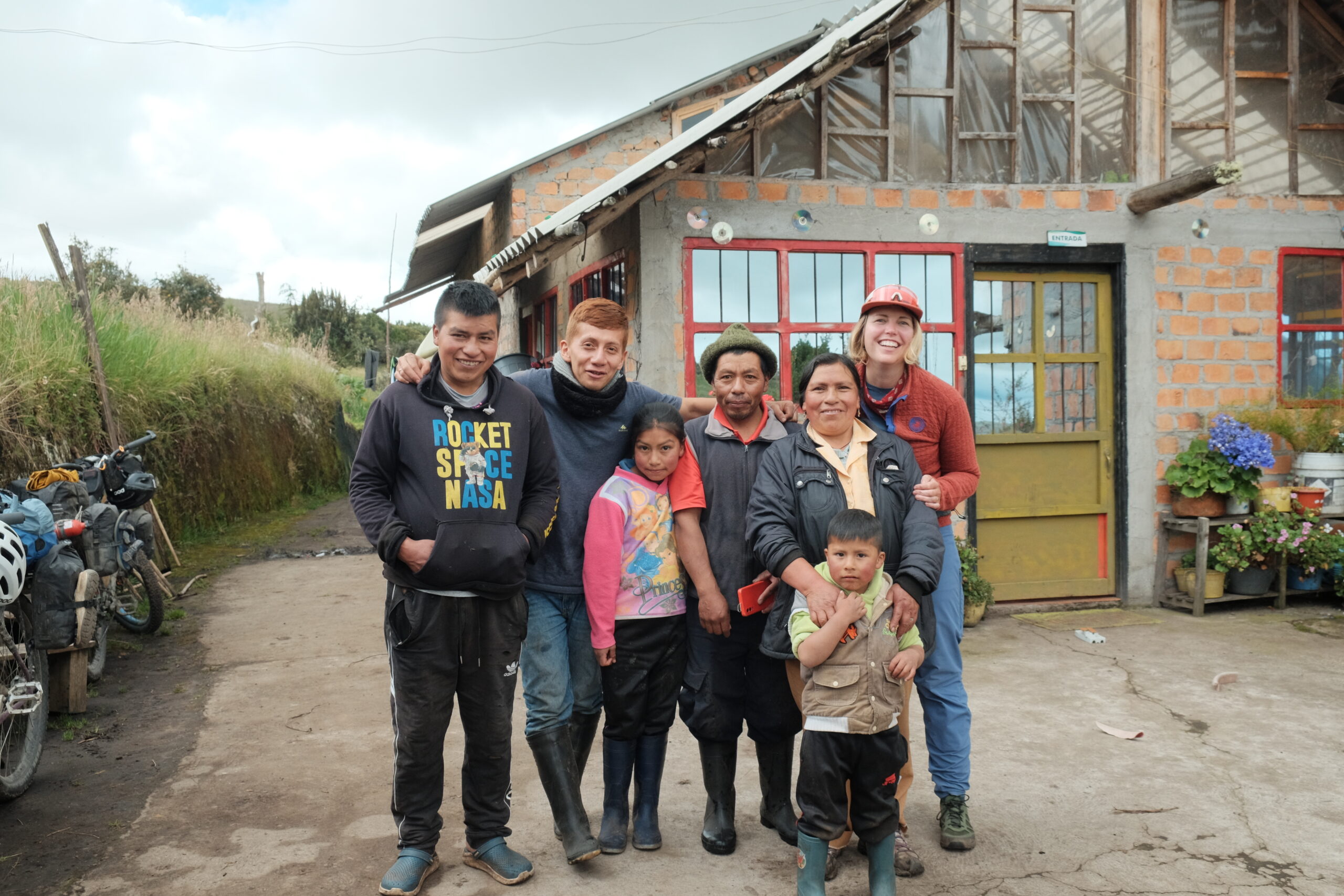
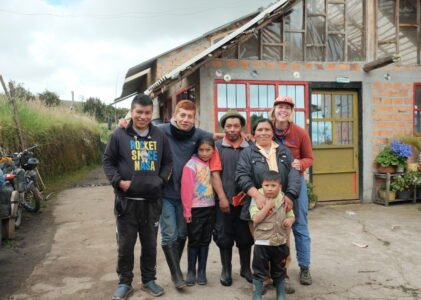
Sitting in a cold grey Western super mare Greggs having coffee finding inspiration from your blog makes my Day.
Would be interested to hear more about your Kit.